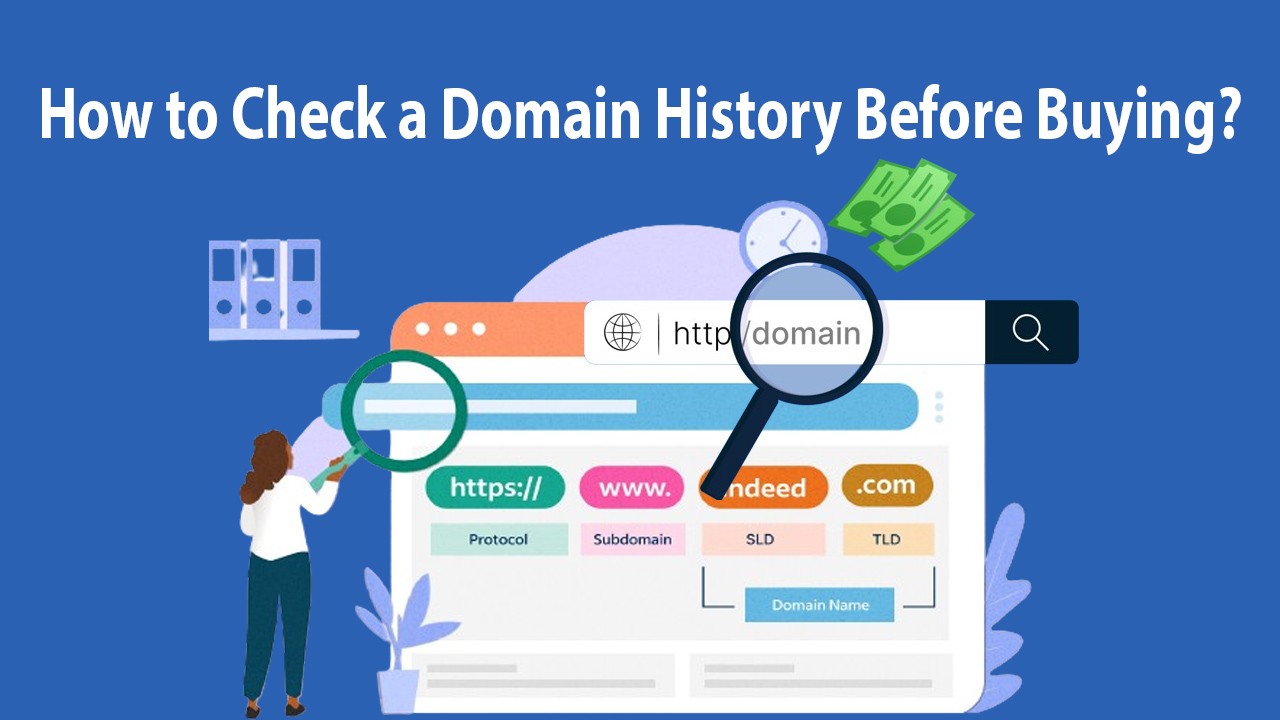Microsoft Teams has become a vital communication and collaboration tool for organisations, enabling teams to chat, share files, and collaborate in real-time. When transitioning to a new environment or consolidating multiple Teams instances, it is essential to migrate Teams chat history to ensure continuity and preserve valuable conversations. This article will explore the process of Teams migration with particular emphasis on migrating chat history and discuss some best practices to help organisations successfully retain their vital communication records.
What is Teams Chat History?
Teams chat history migration refers to transferring or migrating chat conversations and messages from one Microsoft Teams environment to another. It involves preserving and moving the entire or a specific portion of chat history, ensuring that valuable communication records are retained during the transition.
Teams chat history migration is typically performed when organisations undergo platform migrations, tenant consolidations, or other scenarios where maintaining historical conversations is essential. By migrating chat history, users can access and reference past discussions, maintain continuity in collaboration, and preserve important information.
The migration process involves exporting chat history data from the source environment and importing it into the target Teams environment. Microsoft provides native tools and functionalities within Microsoft 365 to export and import chat history. These tools allow administrators to securely package chat data and transfer it to ensure data integrity and privacy.
In addition to native options, third-party migration tools are available that specialise in migrating Teams chat history. These tools often offer advanced features like selective migration, mapping of users and teams, and additional customisation options.
During the chat history migration process, it is crucial to consider compliance and legal requirements that may apply to the organisation. Certain industries have specific regulations governing data retention, privacy, and security. Organisations must ensure the migration process adheres to these standards and implements appropriate data protection measures.
Effective communication and user awareness are also essential aspects of chat history migration. Users should be informed about the migration plan, any potential downtime, and the steps they need to take to access their migrated chat history in the new Teams environment. Providing user training and support can help users navigate the new interface and locate their chat history effectively.
Teams chat history migration is vital in preserving valuable communication records and ensuring a seamless transition to Microsoft Teams. It allows organisations to leverage past conversations for reference and collaboration in the new environment.
Migrating Teams Chat History
Here’s how to migrate the Teams chat history:
Leveraging Microsoft 365 Data Export and Import
Microsoft provides built-in functionality within Microsoft 365 to export and import Teams chat history. Administrators can use the Microsoft 365 Compliance Centre or PowerShell commands to initiate migration to export chat data from the source environment. It generates a package containing the chat history data, which can be imported into the target environment. By utilising this native feature, organisations can maintain data integrity and ensure a smooth transition of chat history.
Utilising Third-Party Migration Tools
In addition to the native Microsoft 365 capabilities, third-party migration tools specialising in transferring Teams chat history are available. These tools offer advanced features such as selective migration, mapping of users and teams, and migration scheduling. They provide organisations with more flexibility and control over the migration process, allowing them to tailor the transfer of chat history according to their specific requirements. Evaluating and choosing a reputable migration tool that aligns with the organisation’s needs and ensures a seamless transition is advisable.
Compliance and Legal Requirements
When migrating Teams chat history, it is essential to consider compliance and legal requirements that may apply to your organisation. Certain industries have specific regulations governing data retention and privacy, and organisations must ensure that the migration process complies with these standards. Implementing data protection measures, such as encryption and secure transfer protocols, can help safeguard chat history during the migration. Working closely with legal and compliance teams to address potential risks and ensure a compliant migration process is crucial.
Communication and User Awareness
Migrating Teams chat history involves impacting users’ access to their past conversations, which can disrupt their daily workflows. Clear communication is essential to minimise any inconvenience. Inform users about the migration plan, the expected downtime (if any), and the steps they need to take to access their chat history in the new environment. Providing user training and support during the transition can help users adapt to the new interface and effectively locate their migrated chat history.
Migrating Teams chat history is crucial when transitioning to a new environment or consolidating multiple Teams instances. By leveraging Microsoft 365 native capabilities, utilising third-party migration tools, considering compliance requirements, and ensuring effective communication with users, organisations can successfully migrate their Teams chat history and preserve valuable communication records. By retaining the chat history, teams can maintain continuity, reference past discussions, and foster collaboration in the new Teams environment with minimal disruption.




